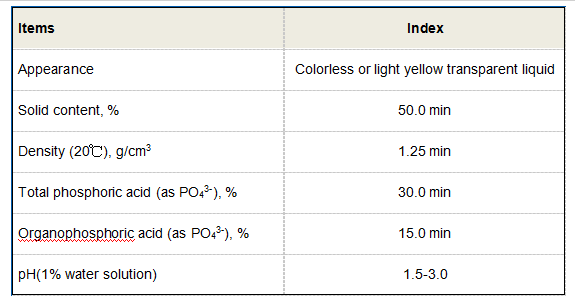Enhancing Water Purification with Polyaluminum Chloride for Improved Treatment Efficiency and Quality
Polyaluminum Chloride in Water Treatment An Overview
Water treatment is a crucial process that ensures the safety and cleanliness of drinking water, as well as the efficiency of industrial water systems. Among the various chemicals used in this process, Polyaluminum Chloride (PAC) has gained significant attention due to its effectiveness and versatility. This article explores the role of PAC in water treatment, its advantages, and its growing importance in addressing water quality issues.
Polyaluminum Chloride is an inorganic polymer that is commonly utilized as a coagulant in water treatment processes. It is synthesized by the hydrolysis of aluminum chloride in water, resulting in a polyaluminum compound that has a high charge density. This characteristic allows PAC to interact effectively with suspended particles, bacteria, and organic matter in water, facilitating their aggregation into larger flocs that can be easily removed during sedimentation or filtration.
Polyaluminum Chloride in Water Treatment An Overview
Another noteworthy benefit of PAC is its ability to operate effectively across a wider pH range. While traditional coagulants typically require specific pH conditions for optimal performance, PAC maintains its effectiveness in varying pH levels, allowing for greater operational flexibility. This is particularly beneficial in areas where water quality fluctuates significantly due to seasonal changes or environmental factors.
polyaluminum chloride water treatment

The use of Polyaluminum Chloride is also associated with enhanced pathogen removal. Studies indicate that PAC can effectively destabilize and remove a variety of viruses and bacteria from water, contributing to the overall safety of drinking water supplies. This is particularly vital in the context of emerging contaminants and the ongoing global challenge of providing clean drinking water to populations.
Moreover, the cost-effectiveness of PAC makes it an attractive option for water treatment facilities. Its lower dosage requirements translate to savings in both raw material costs and handling expenses. Additionally, the reduced volume of sludge produced not only lowers waste management costs but also decreases the environmental impact associated with sludge disposal.
The growing awareness of environmental sustainability and water quality has led to increased interest in alternative and advanced water treatment methods. Polyaluminum Chloride aligns well with these trends, and its adoption is expected to rise in the coming years. Industries, municipalities, and water treatment plants are increasingly recognizing the benefits of PAC as they seek to enhance water quality while minimizing costs and environmental footprints.
In conclusion, Polyaluminum Chloride is a highly effective and versatile coagulant in water treatment processes. Its ability to improve the removal of turbidity, pathogens, and organic matter, along with its operational flexibility and cost-effectiveness, makes it an invaluable tool for ensuring clean and safe water. As global water quality challenges continue to grow, the role of PAC in water treatment will likely become even more significant, paving the way for improved water management practices in the future.
-
Understanding Polycarboxylic Acids: Properties, Applications, and Future PotentialNewsJul.28,2025
-
Scale Inhibitor Explained: How to Protect Your System from Limescale and Hard Water DamageNewsJul.28,2025
-
Scale and Corrosion Inhibitors: Essential Chemicals for Industrial Water System ProtectionNewsJul.28,2025
-
Polyaspartic Acid: A Biodegradable Polymer for Sustainable ChemistryNewsJul.28,2025
-
Isothiazolinones: A Versatile Antimicrobial Class with Industrial Power and Regulatory ChallengesNewsJul.28,2025
-
A Deep Dive into 2-Phosphonobutane-1,2,4-Tricarboxylic Acid (PBTC)NewsJul.28,2025





